Backing up your Windows 11 system to an external drive is crucial to protect your data from unexpected system failures, malware attacks, or hardware issues. This guide provides various methods to help you back up your important files and system configurations, ensuring that you can restore them when needed.
Backup Windows 11 Files to External Drive Using File History
The File History feature in Windows 11 allows you to automatically back up your personal files to an external drive. It's a convenient way to ensure your important data is regularly saved.
Step 1: Connect an external hard drive to your computer. Click on the Search icon in the taskbar, type File History in the search bar, and select the corresponding result.
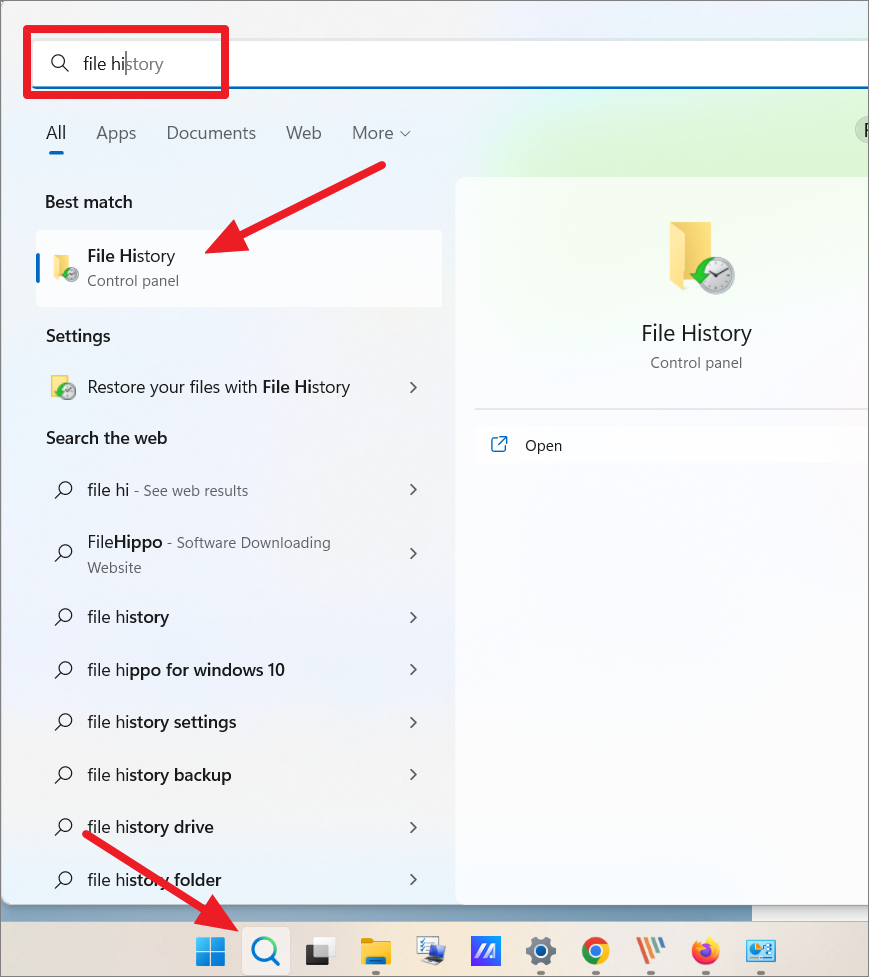
Alternatively, navigate to Control Panel by typing Control Panel in the search bar and selecting it. Then, go to System and Security and click on File History.
Step 2: In the File History window, Windows will detect compatible drives. If the desired drive isn't selected, click on Select drive from the left menu.

Step 3: Choose your external drive from the list and click OK.
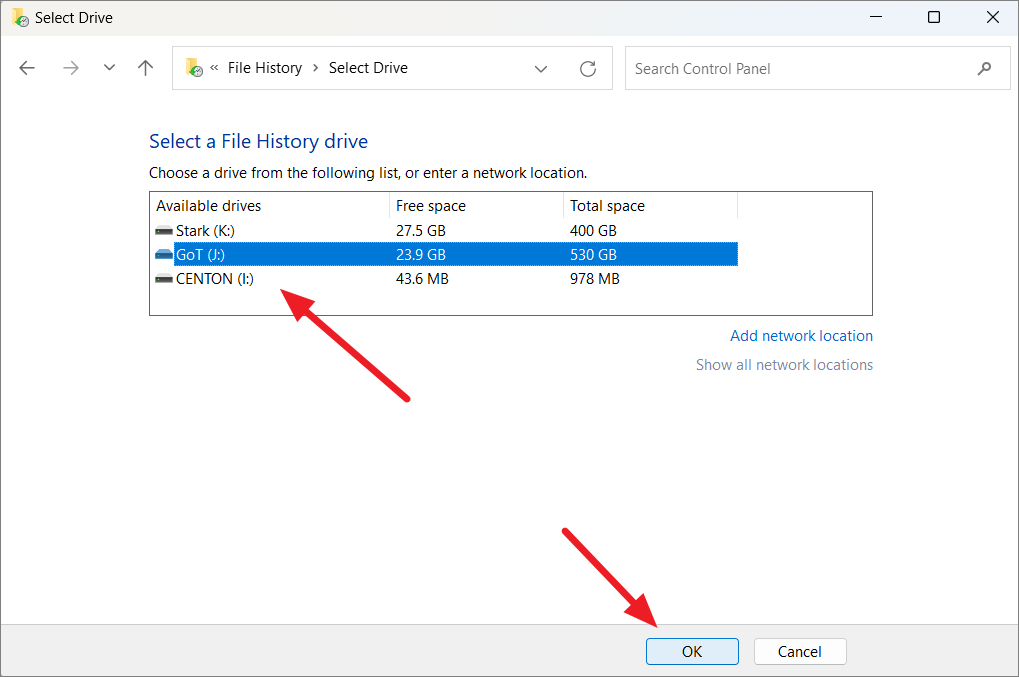
If prompted with "Do you want to move your existing files?", select Yes to move them or No to start fresh.
Step 4: Ensure that File History is turned on. If it's off, click Turn on to activate automatic backups.
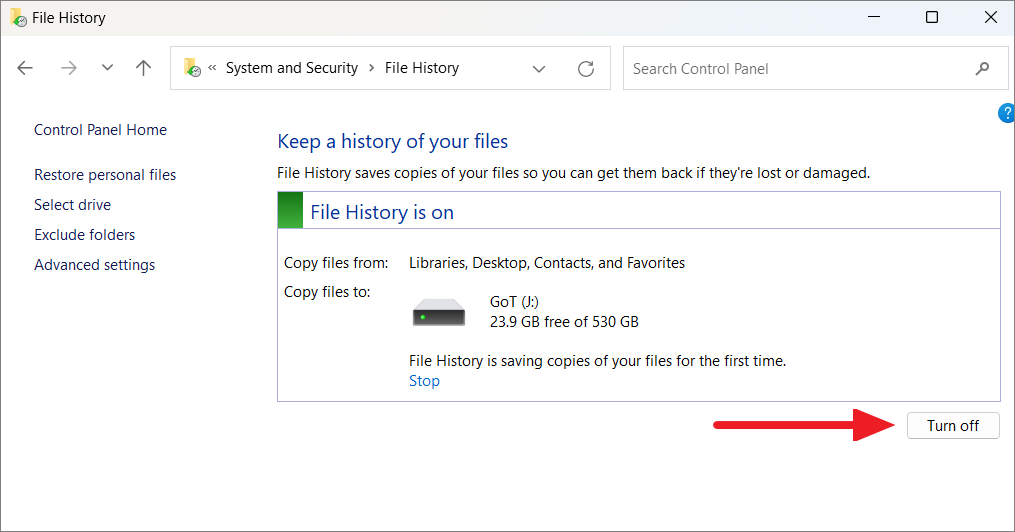
Step 5: To exclude certain folders from the backup, click on Exclude folders in the left panel. Then, click Add, select the folders you wish to exclude, and click Save changes.
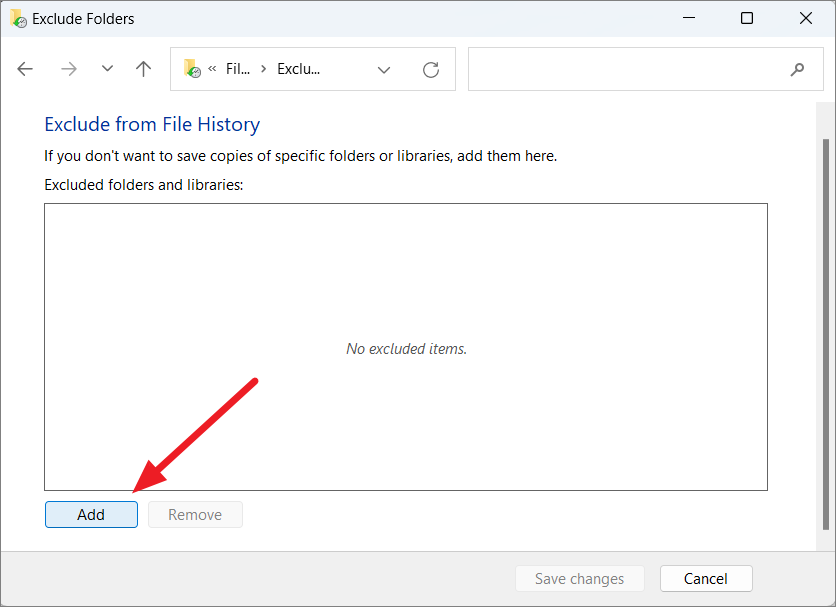
Step 6: To adjust backup frequency and retention, click on Advanced settings. Set how often you want to save copies under Save copies of files and specify how long to keep them under Keep saved versions.
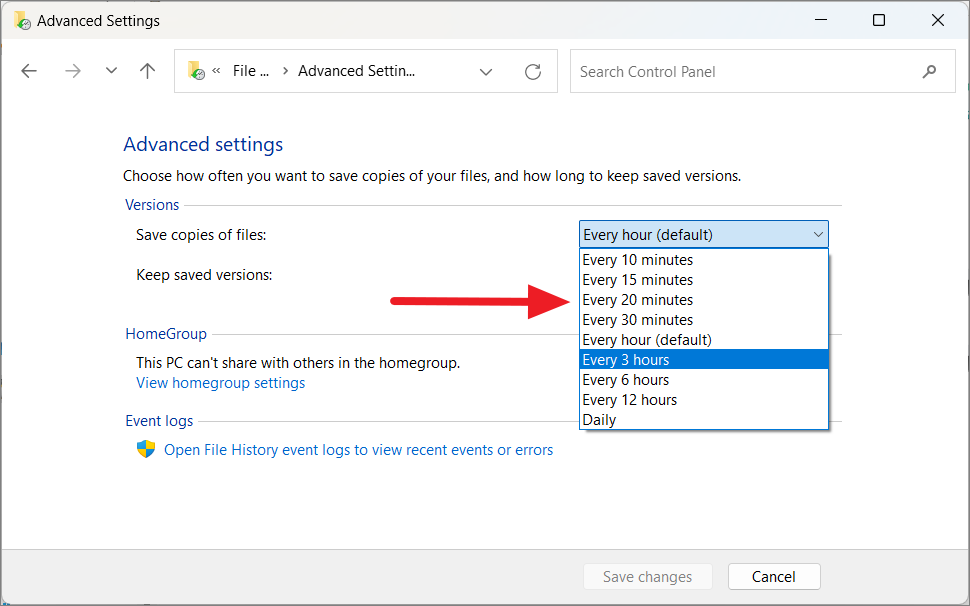
Step 7: To restore files, click on Restore personal files in the File History window. Browse through your backups, select the files or folders you want to restore, and click the Restore button.
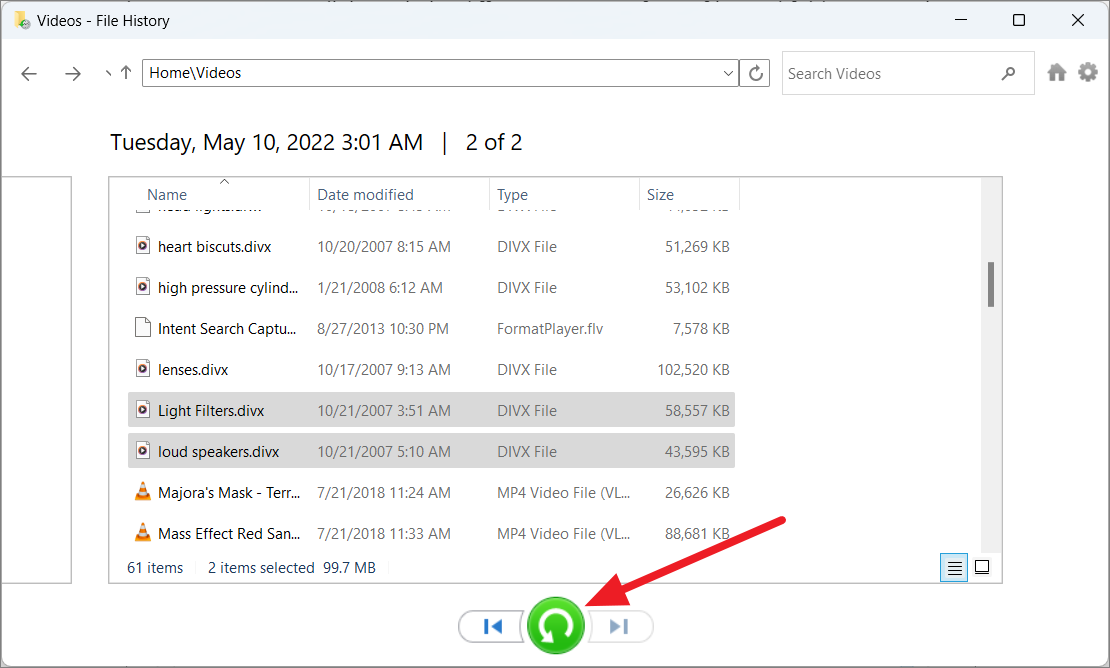
Set Up Automatic Backup of Windows 11 to External Hard Drive
Automating backups ensures your data is regularly copied without manual intervention. Windows 11's Backup and Restore feature allows you to schedule backups.
Step 1: Connect your external drive to the PC. Open the Start menu, type Control Panel, and select it. Navigate to System and Security, then click on Backup and Restore (Windows 7).
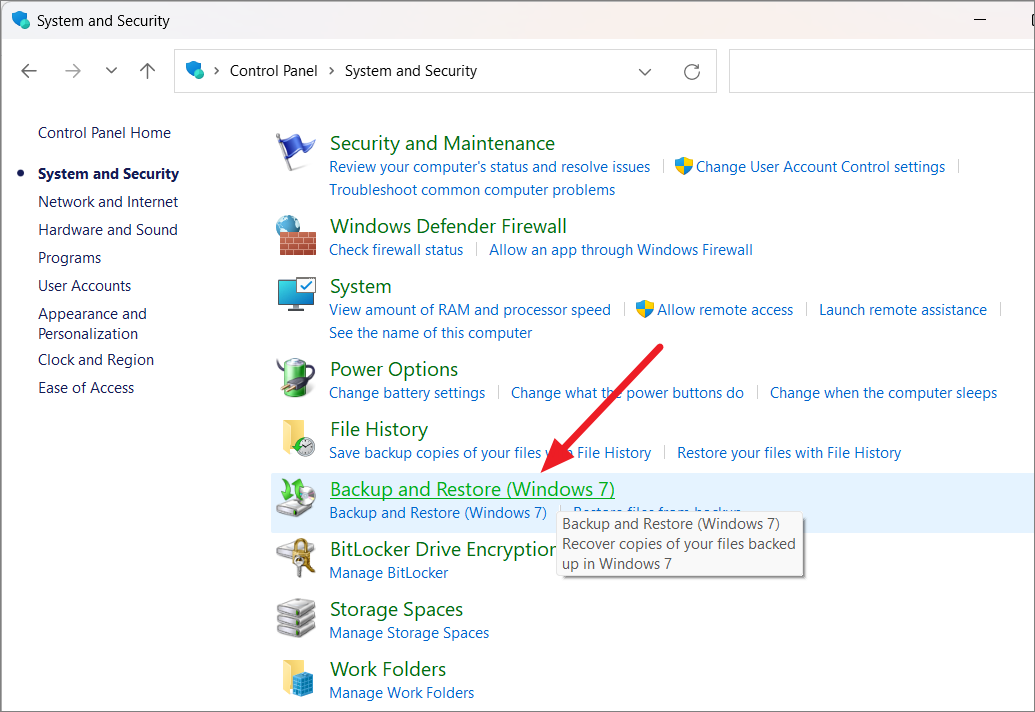
Step 2: If setting up for the first time, click on Set up backup. Otherwise, click Change settings.

Step 3: Select your external hard drive from the list and click Next.

Step 4: Choose Let me choose to specify which files and folders to back up, then click Next.
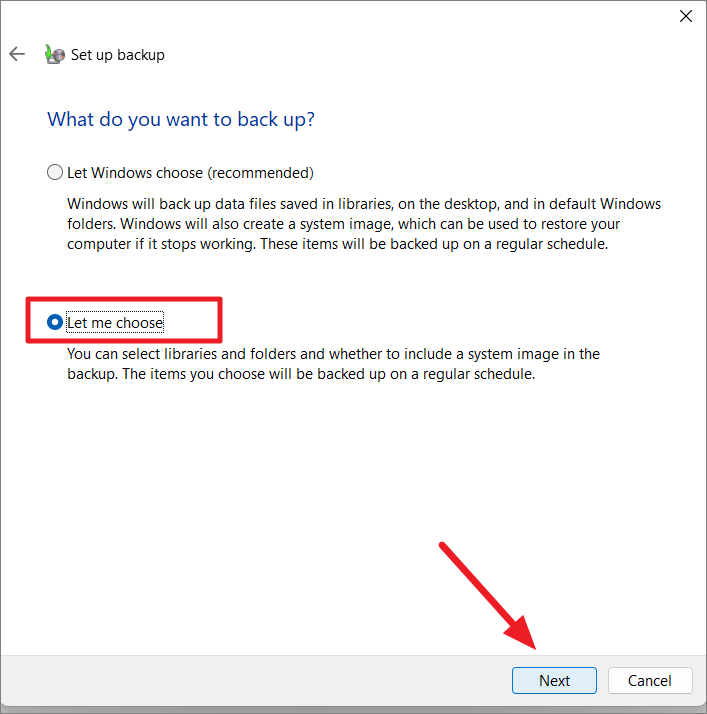
Step 5: Select the items you want to include in the backup by checking the corresponding boxes. Click Next after making your selections.
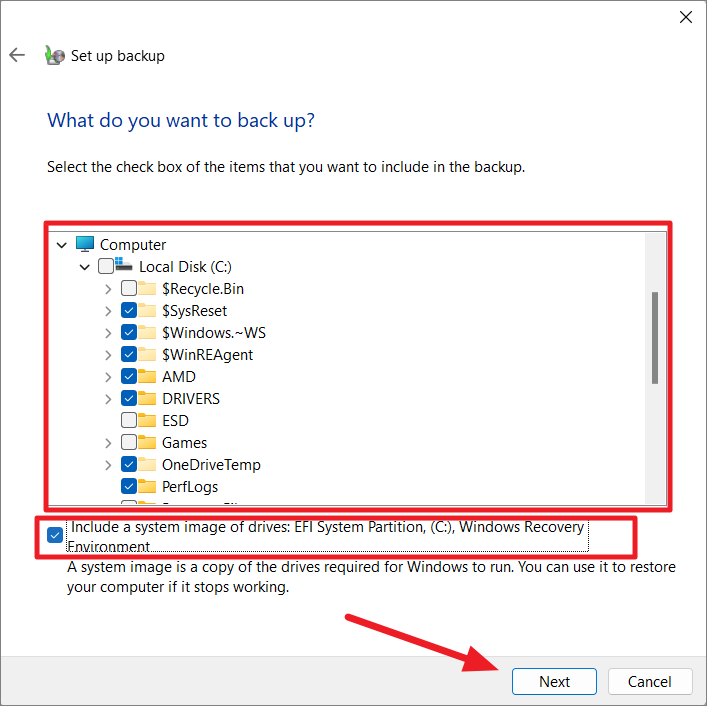
Step 6: Click on Change schedule to set when backups occur. Choose the frequency, day, and time, then click OK.
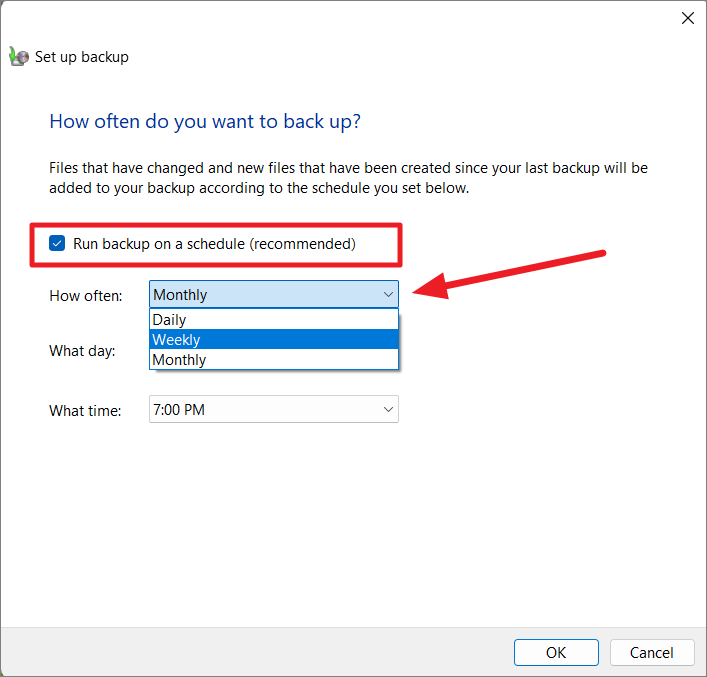
Step 7: Click Save settings and exit. The backup might start immediately; if not, click Backup now to initiate it.

How to Create a System Image Backup Using Backup and Restore Feature
A system image backup captures the entire state of your system, allowing you to restore everything in case of catastrophic failure. Step 1: Open the Start menu, search for Control Panel, and select it.
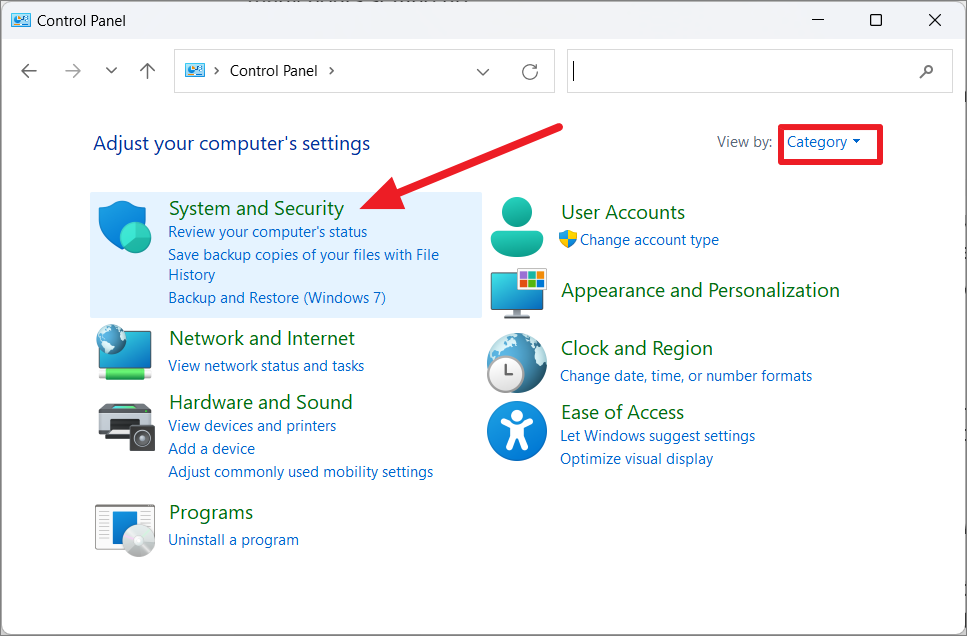
Step 2: Navigate to System and Security and click on Backup and Restore (Windows 7).
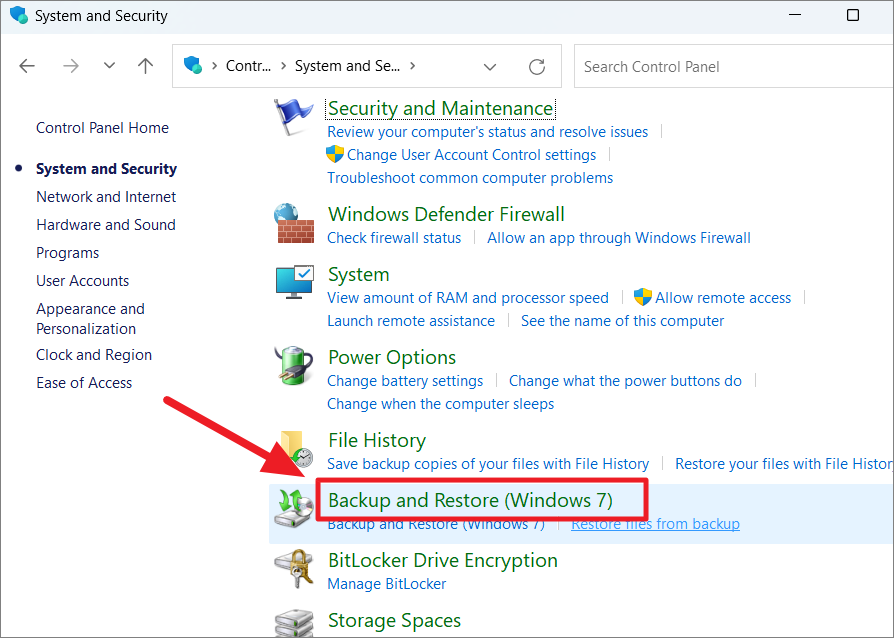
Step 3: Click on Create a system image from the left sidebar.
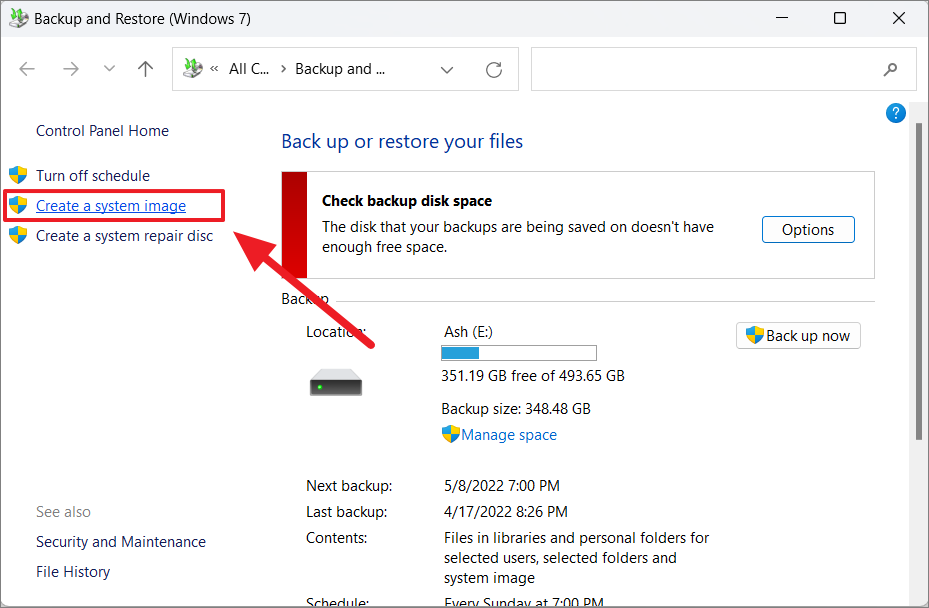
Step 4: Select On a hard disk, choose your external drive, and click Next.

Step 5: Confirm the drives to include in the backup and click Next.
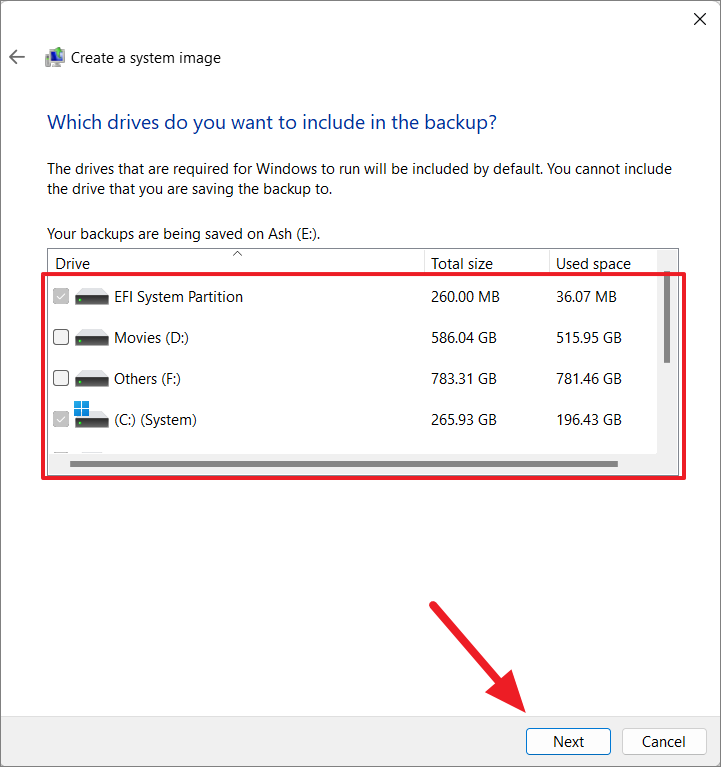
Step 6: Click Start backup to begin. The process may take some time.
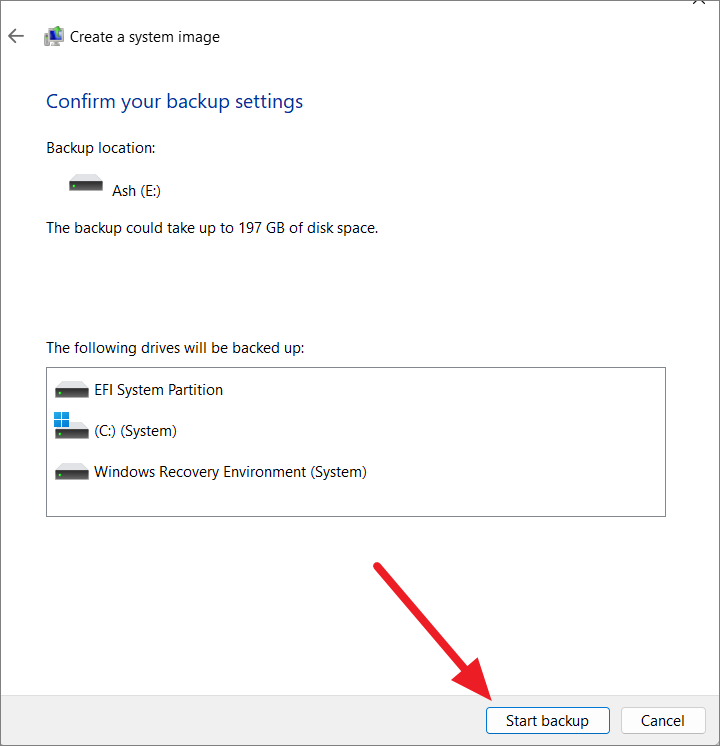
Step 7: After completion, you might be prompted to create a system repair disc. You can skip this if you have installation media.
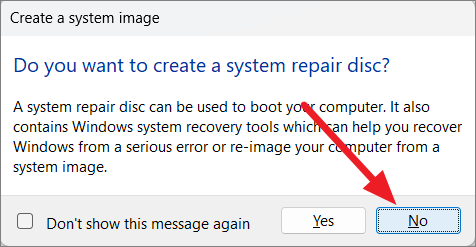
Backup Windows 11 to an External Drive Using wbAdmin Command Tool
The wbAdmin command-line tool is a powerful way to create backups using Command Prompt.
Step 1: Open Command Prompt as an administrator by typing cmd in the Start menu, right-clicking on Command Prompt, and selecting Run as administrator.

Step 2: Enter the following command, replacing E: with your external drive's letter:
wbAdmin start backup -backupTarget:E: -include:C: -allCritical -quietThis command backs up your system drive and critical volumes to the specified location.
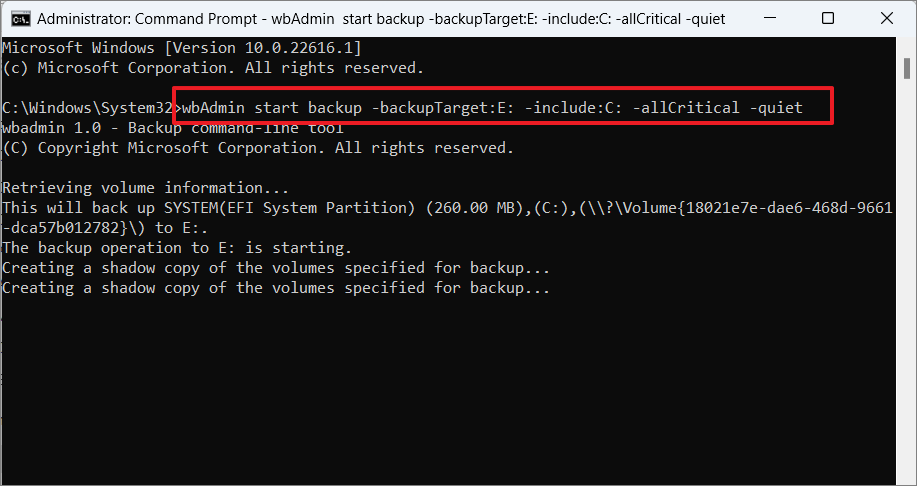
Backup Windows 11 to External Drive via Third-Party Tool
Third-party tools like AOMEI Backupper Standard offer additional features for backing up your system.
Step 1: Download and install AOMEI Backupper Standard from the official website.
Step 2: Open the application and connect your external drive.
Step 3: Click on the Backup tab and select System Backup.
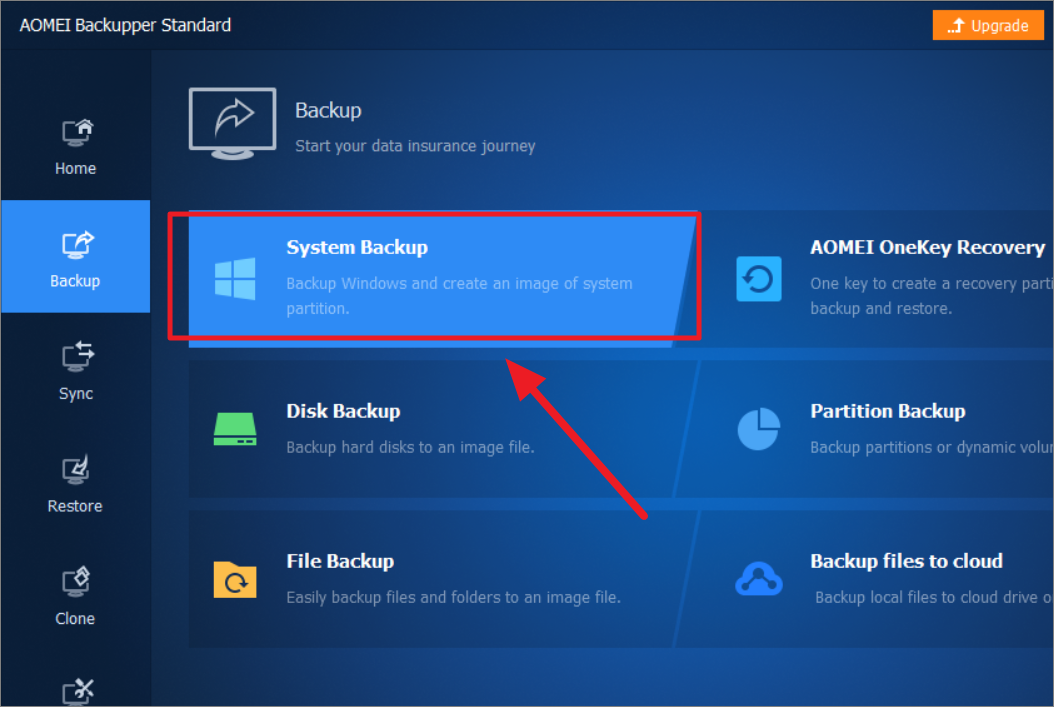
Step 4: The necessary partitions are selected by default. Choose your external drive as the destination and click Start Backup.
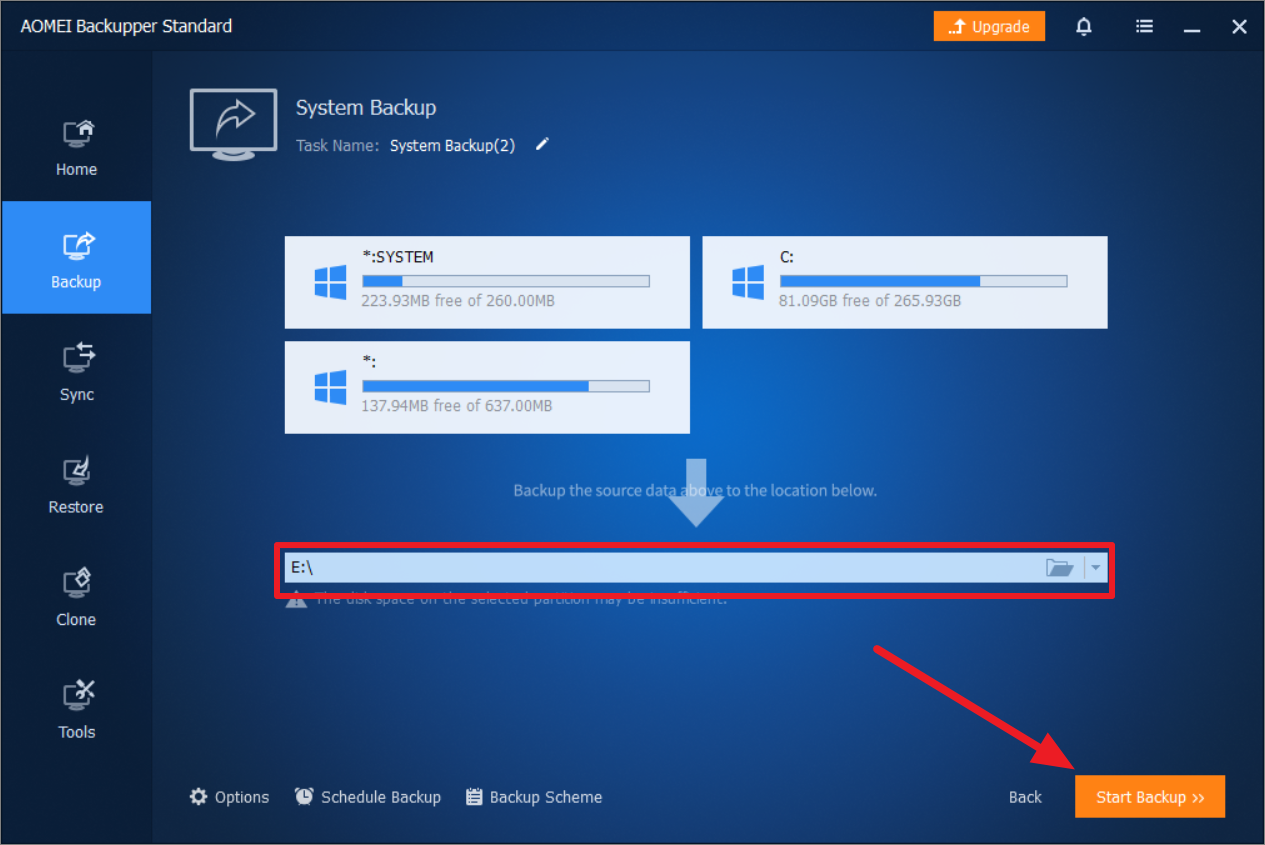
Step 5: Wait for the backup to complete.
To restore using AOMEI Backupper:
Step 1: Go to the Home tab, find your backup task, click the menu icon, and select Restore.
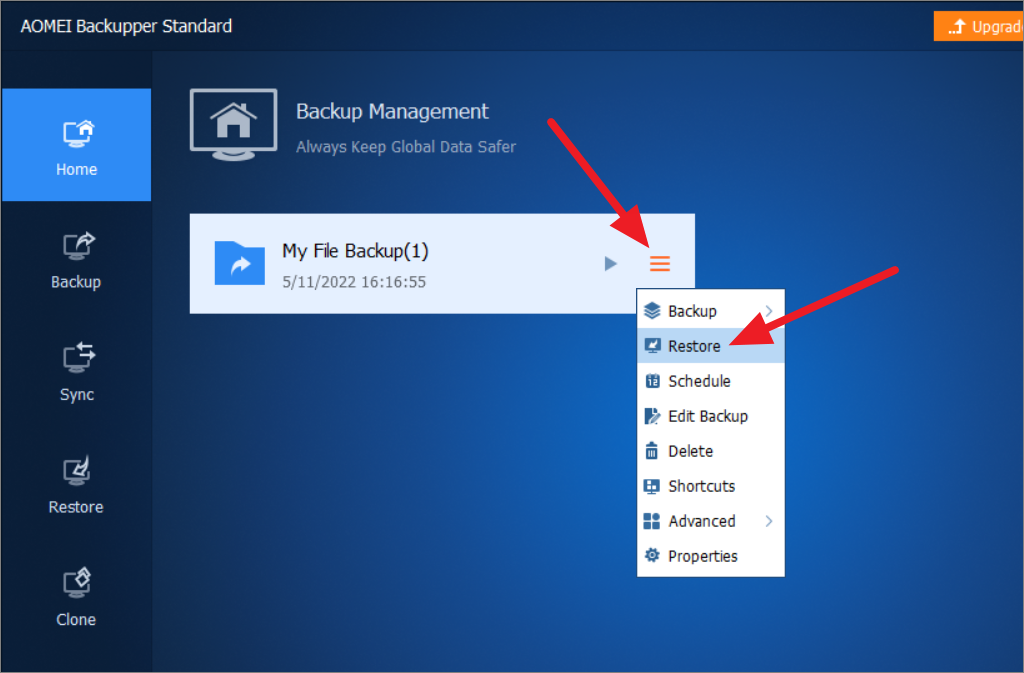
Step 2: Choose the backup point, select the files or folders to restore, and click Next.

Step 3: Specify the destination and click Start Restore.
Backup Files to OneDrive Cloud
OneDrive cloud storage lets you back up files and access them from anywhere.
Step 1: Open Settings by pressing Windows + I, then select Accounts and click on Windows backup.
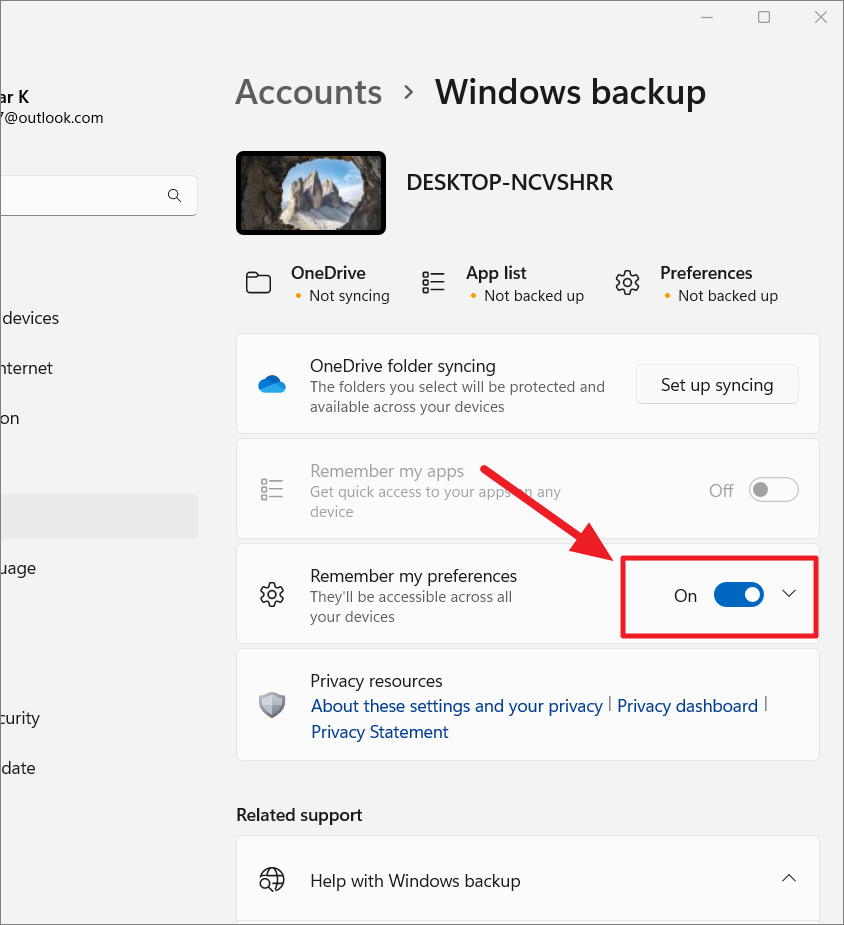
Step 2: Enable Remember my preferences and click Set up syncing next to OneDrive folder syncing.
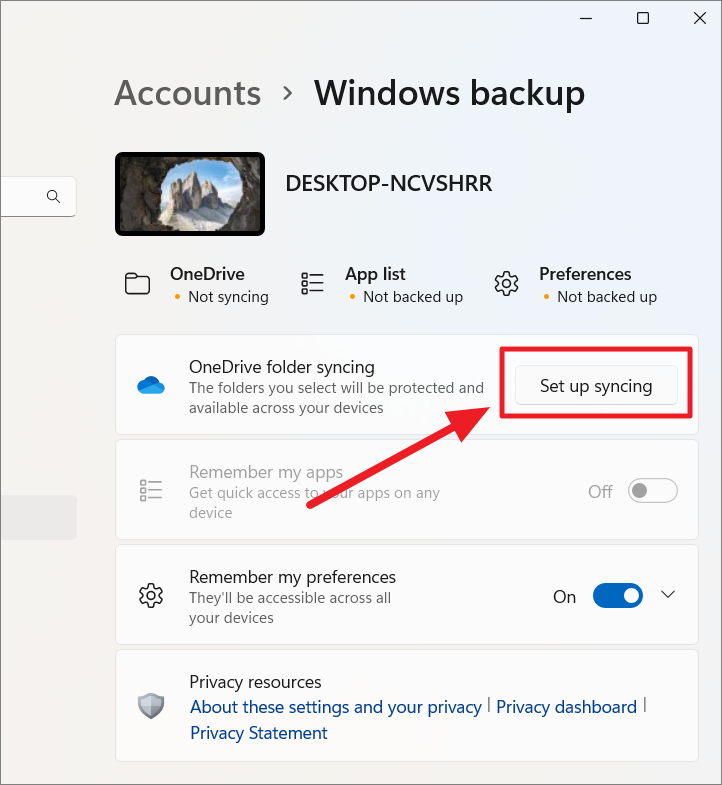
Step 3: Sign in to your Microsoft account.
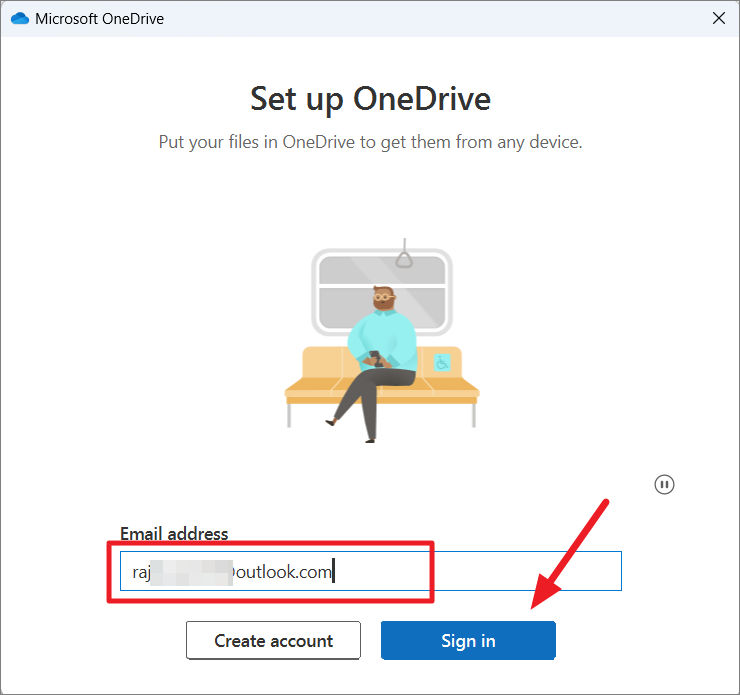
Step 4: Select the folders to sync and click Start backup.
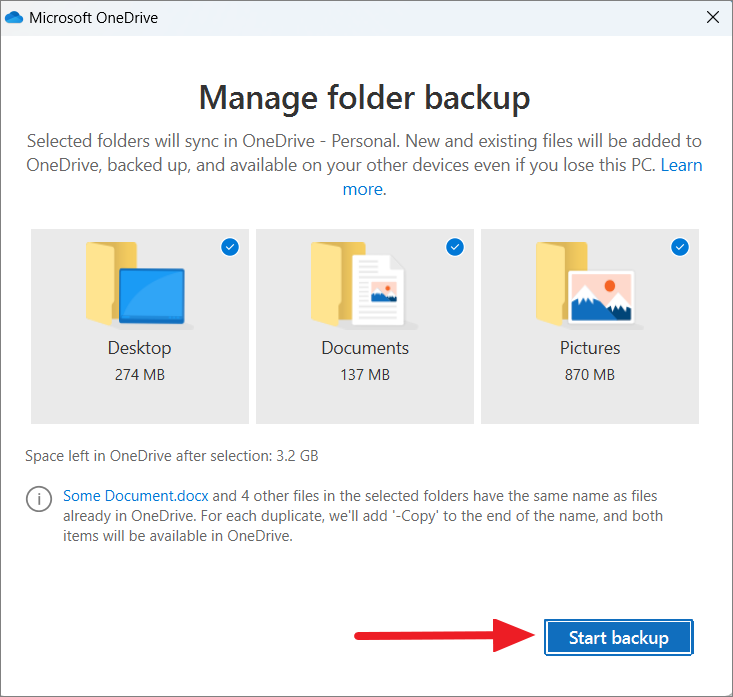
Create a Recovery Drive on External Drive
A recovery drive helps you reinstall Windows 11 if your system malfunctions.
Step 1: Connect a USB drive with at least 16GB capacity. Open Control Panel, set the view to Large icons, and select Recovery.
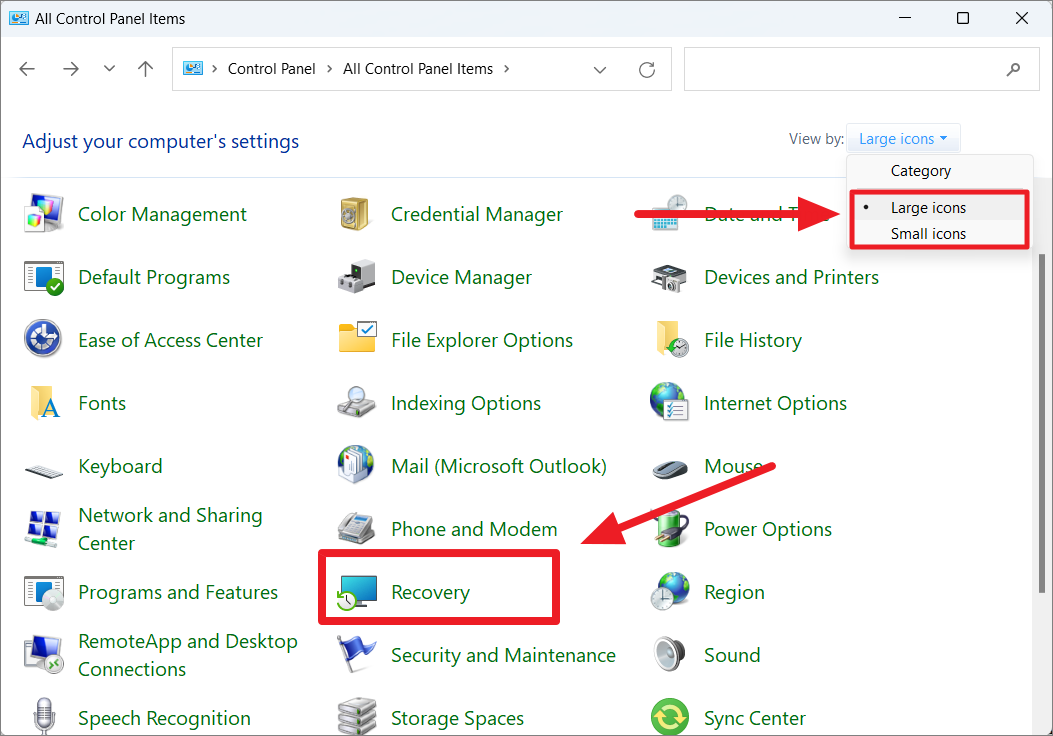
Step 2: Click on Create a recovery drive.
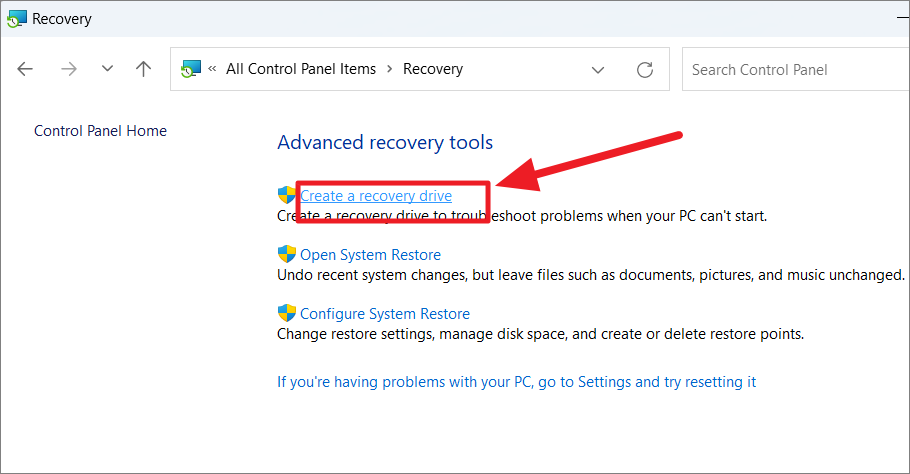
Step 3: Check Back up system files to the recovery drive and click Next.

Step 4: Select your USB drive and click Next.
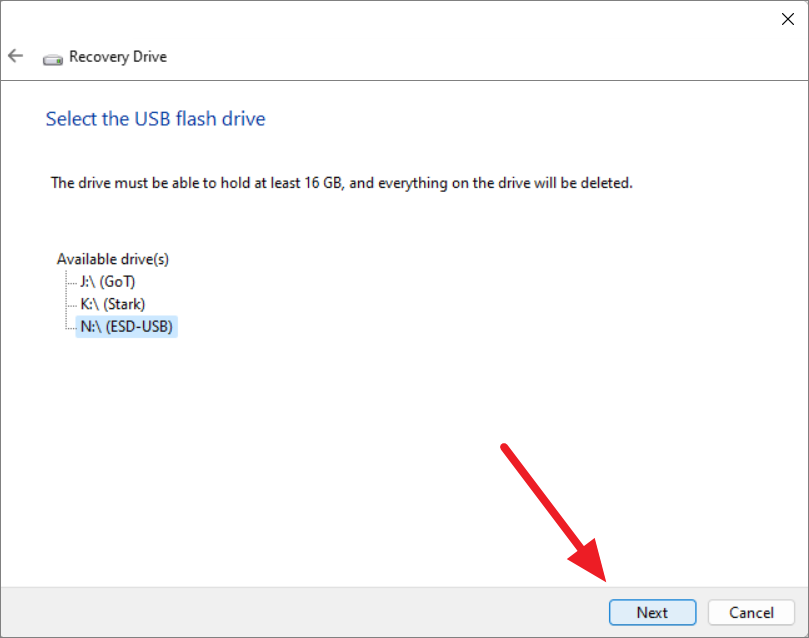
Step 5: Click Create to begin. Note that all data on the USB drive will be erased.
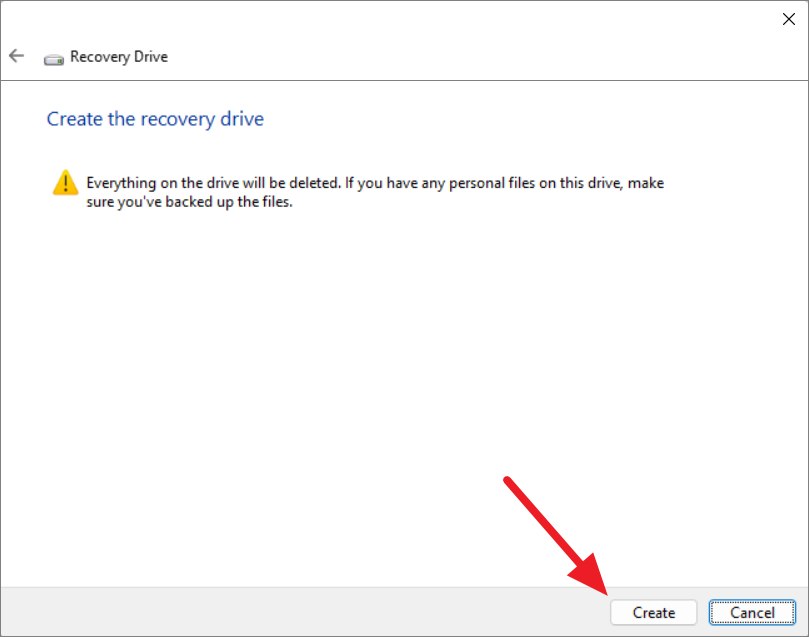
Manually Backup Using Copy and Paste
For quick backups of specific files, you can manually copy them to an external drive.
Step 1: Connect your external drive.
Step 2: Locate the files or folders to back up, select them, and press Ctrl + C to copy.
Step 3: Open the external drive in File Explorer and press Ctrl + V to paste.
Restore Files from Backup Using the Backup and Restore Feature
Restore files from a previous backup if they've been lost or corrupted.
Step 1: Open Control Panel, navigate to System and Security, and select Backup and Restore (Windows 7).
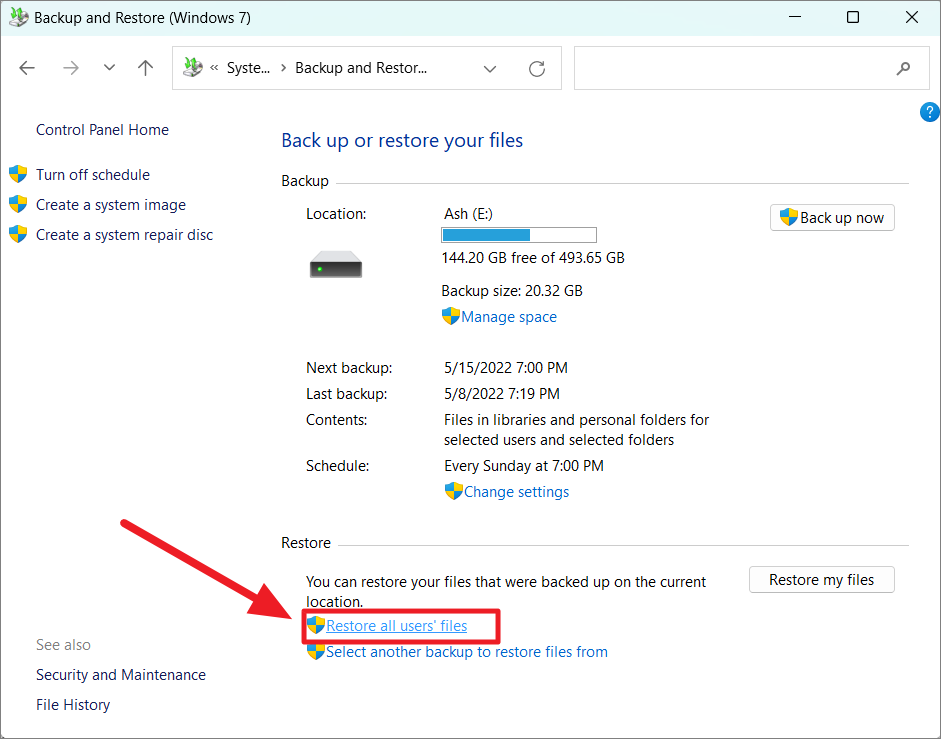
Step 2: Under Restore, click Restore all users' files.

Step 3: Use Browse for files or Browse for folders to select what to restore.
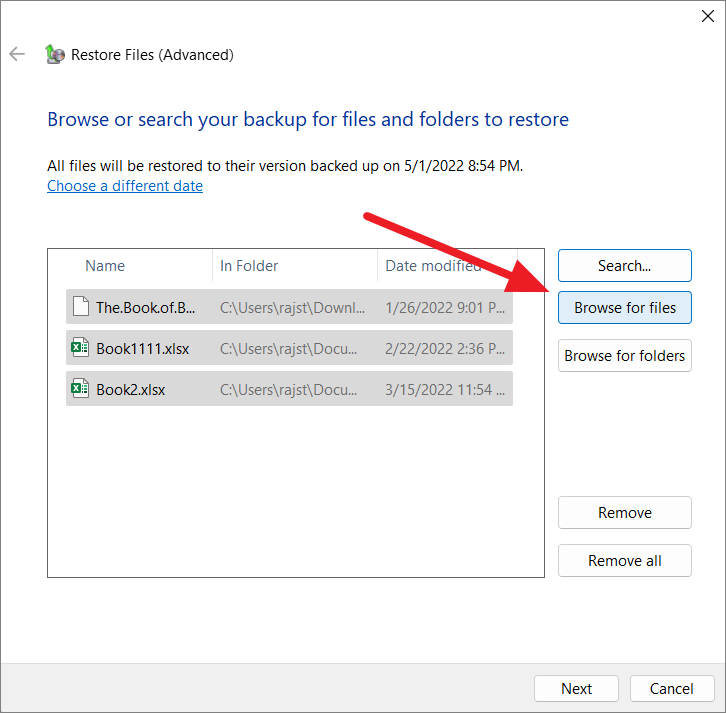
Step 4: After selecting, click Next, choose where to restore the files, and click Restore.
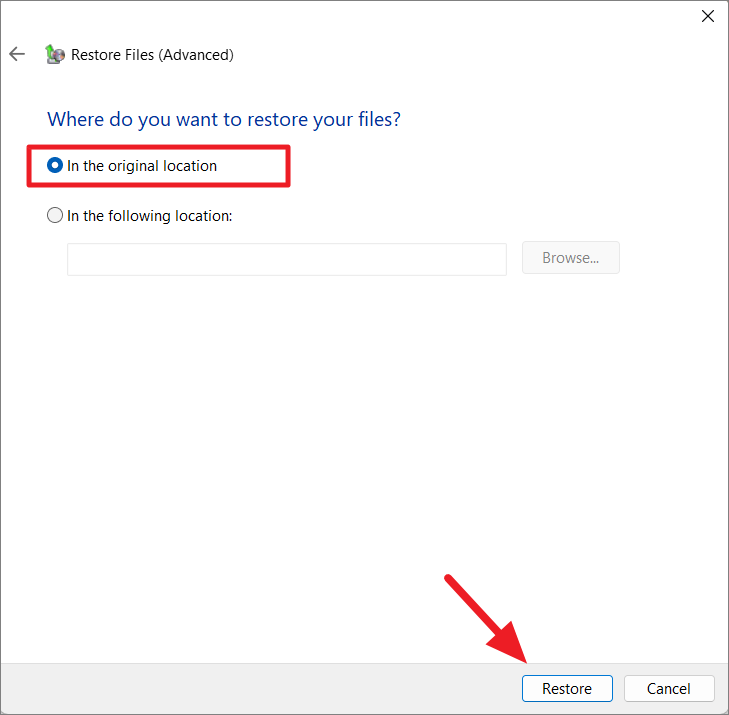
Restore Windows 11 from a Backup
If your system fails, you can restore it using a system image.
Step 1: Boot into the Windows Recovery Environment. You can use a Windows 11 installation media or force a recovery boot.
Step 2: In the recovery environment, select Troubleshoot, then Advanced options.

Step 3: Click on System Image Recovery.
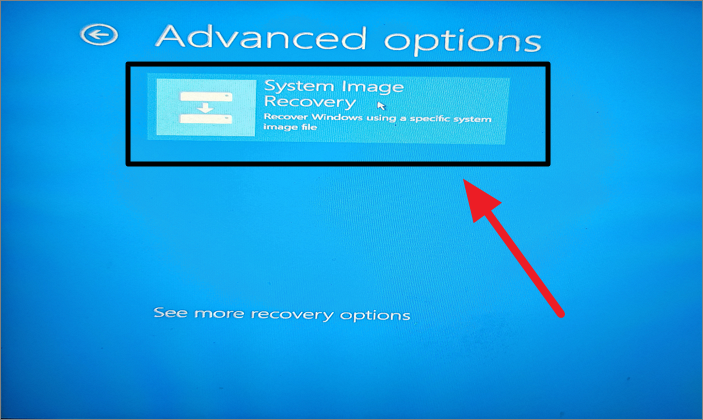
Step 4: Select the latest system image or choose a different one, then click Next.
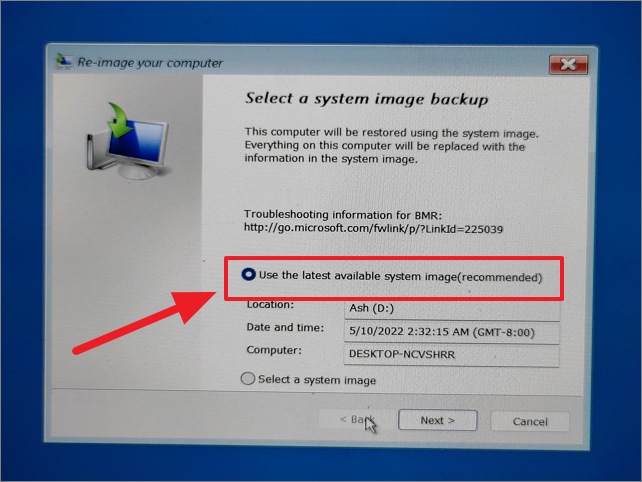
Step 5: Confirm your choices and click Finish. Confirm any warnings to start the restoration.
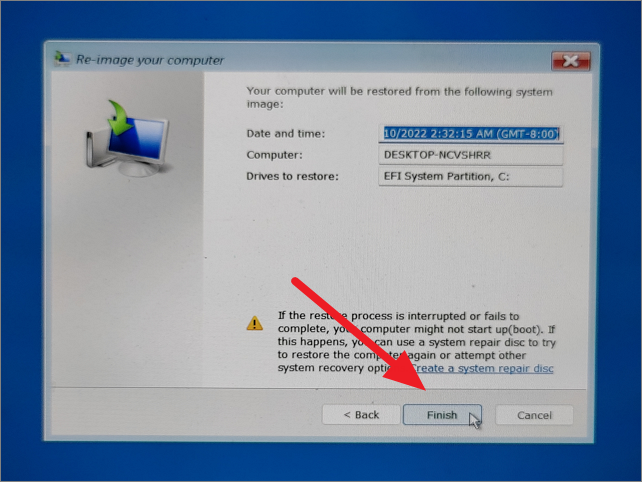
Regular backups are essential to protect your data and system settings. By following these methods, you can ensure your Windows 11 system is securely backed up and can be restored if necessary.






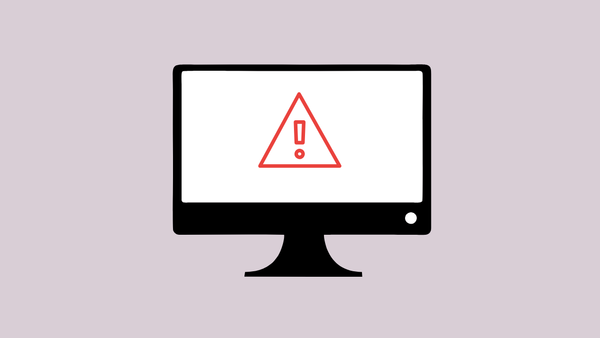
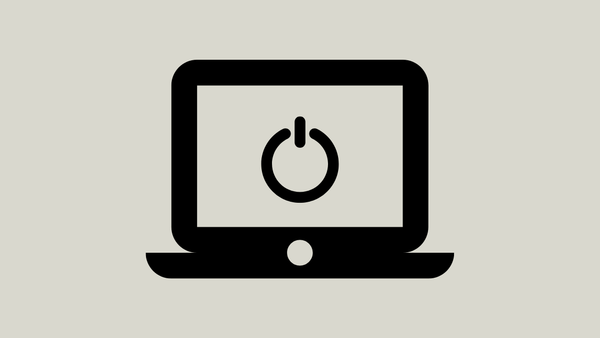
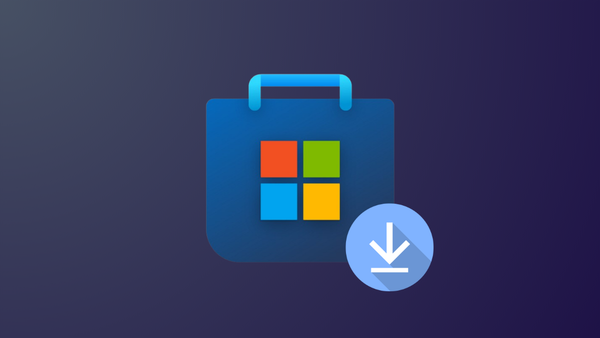


Member discussion